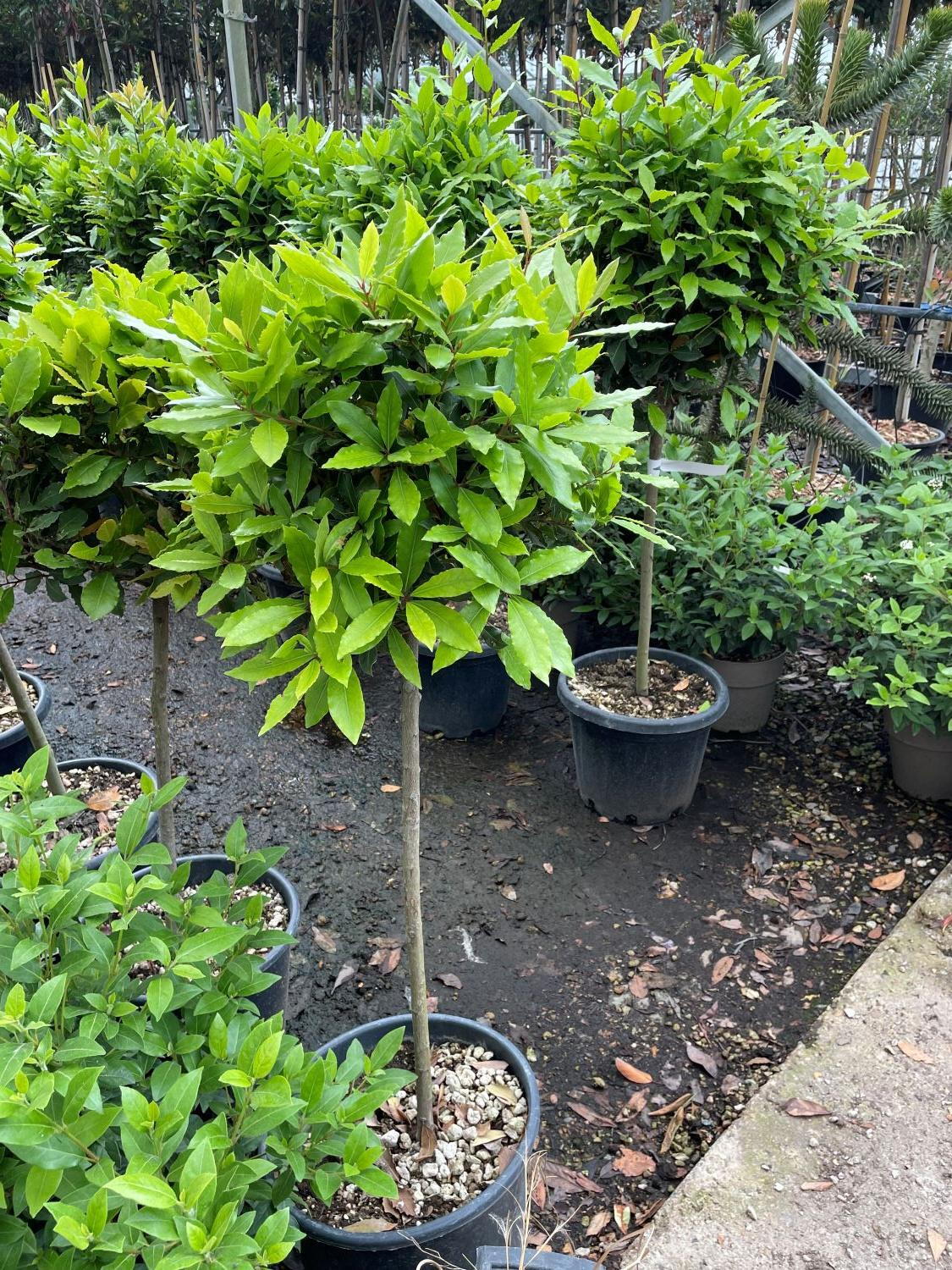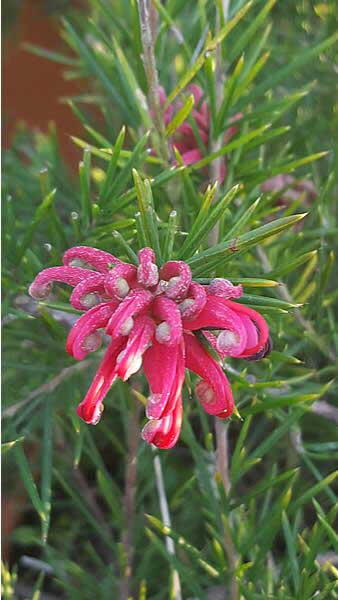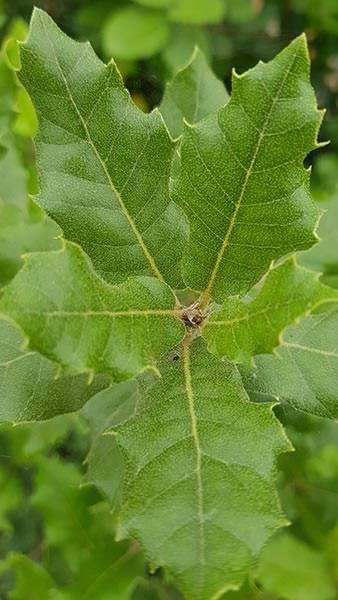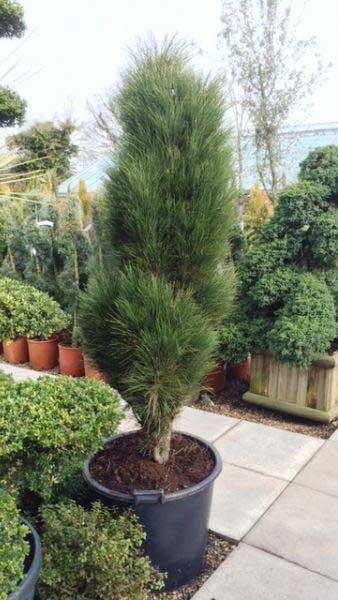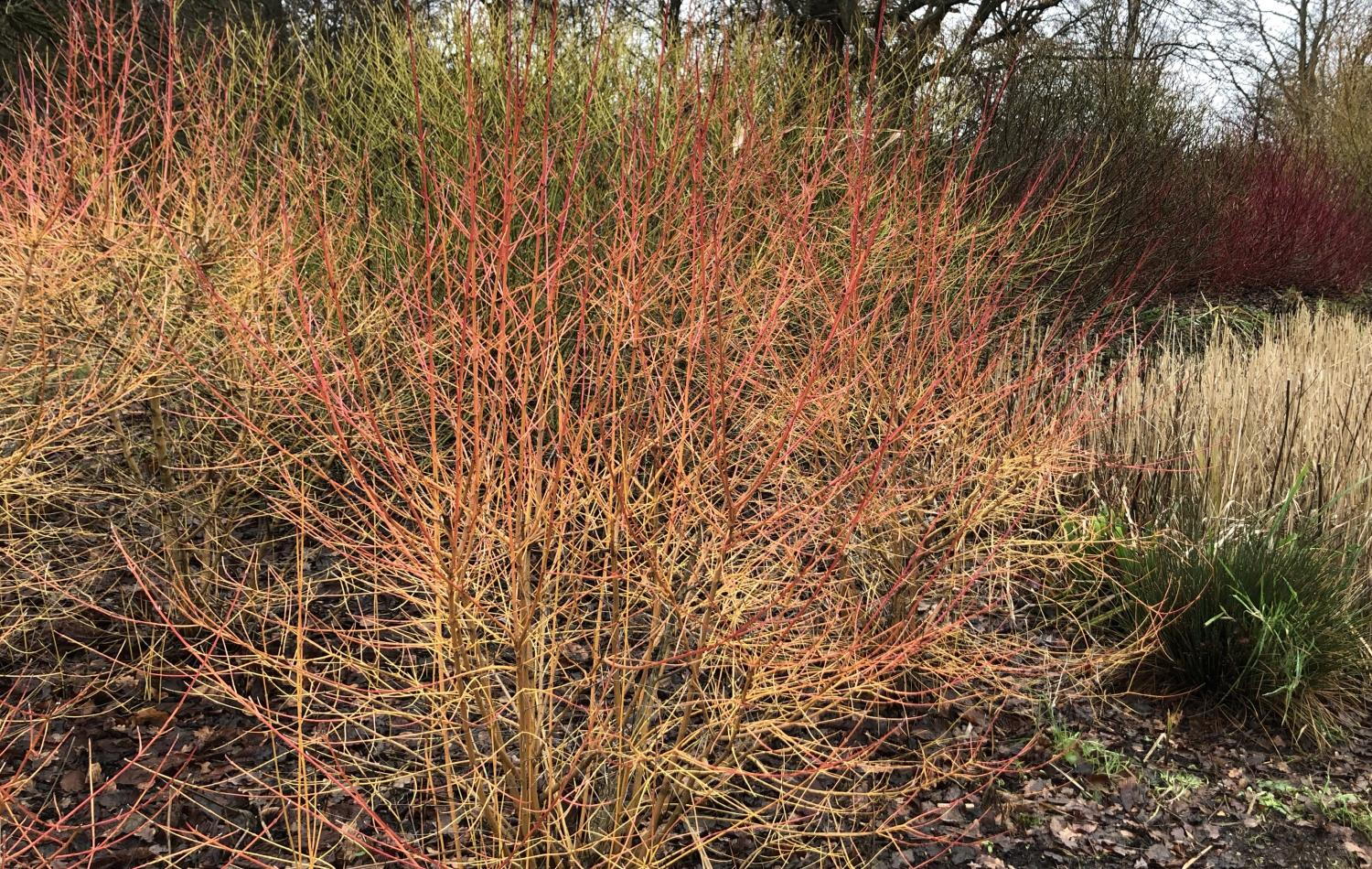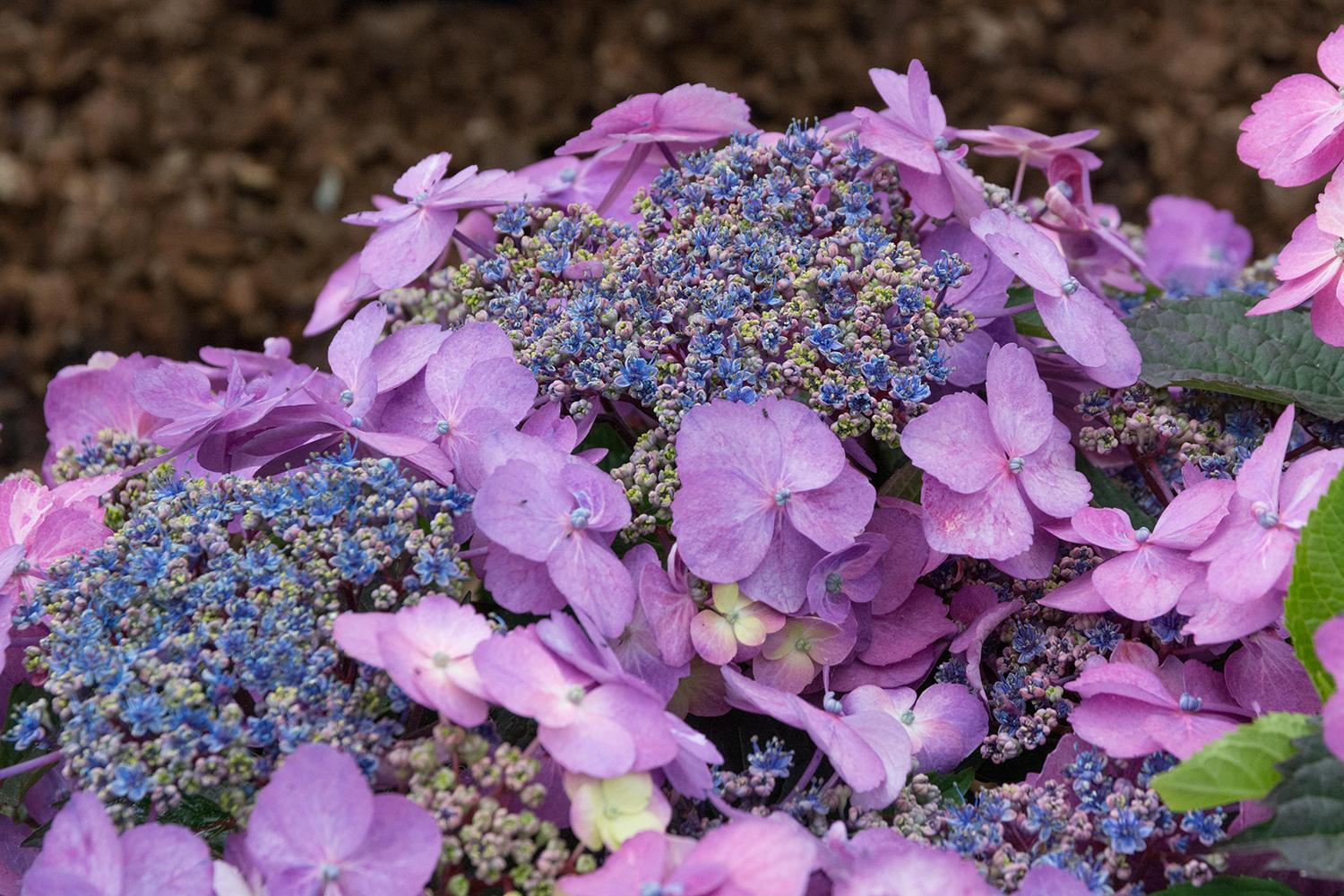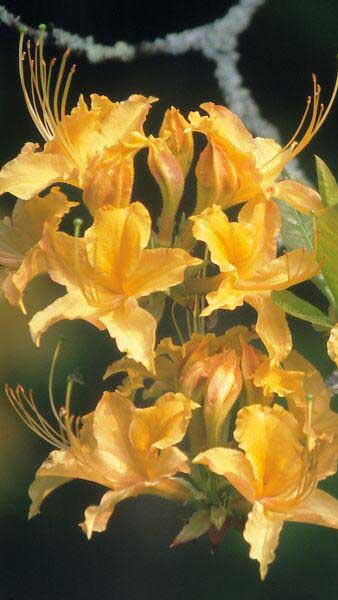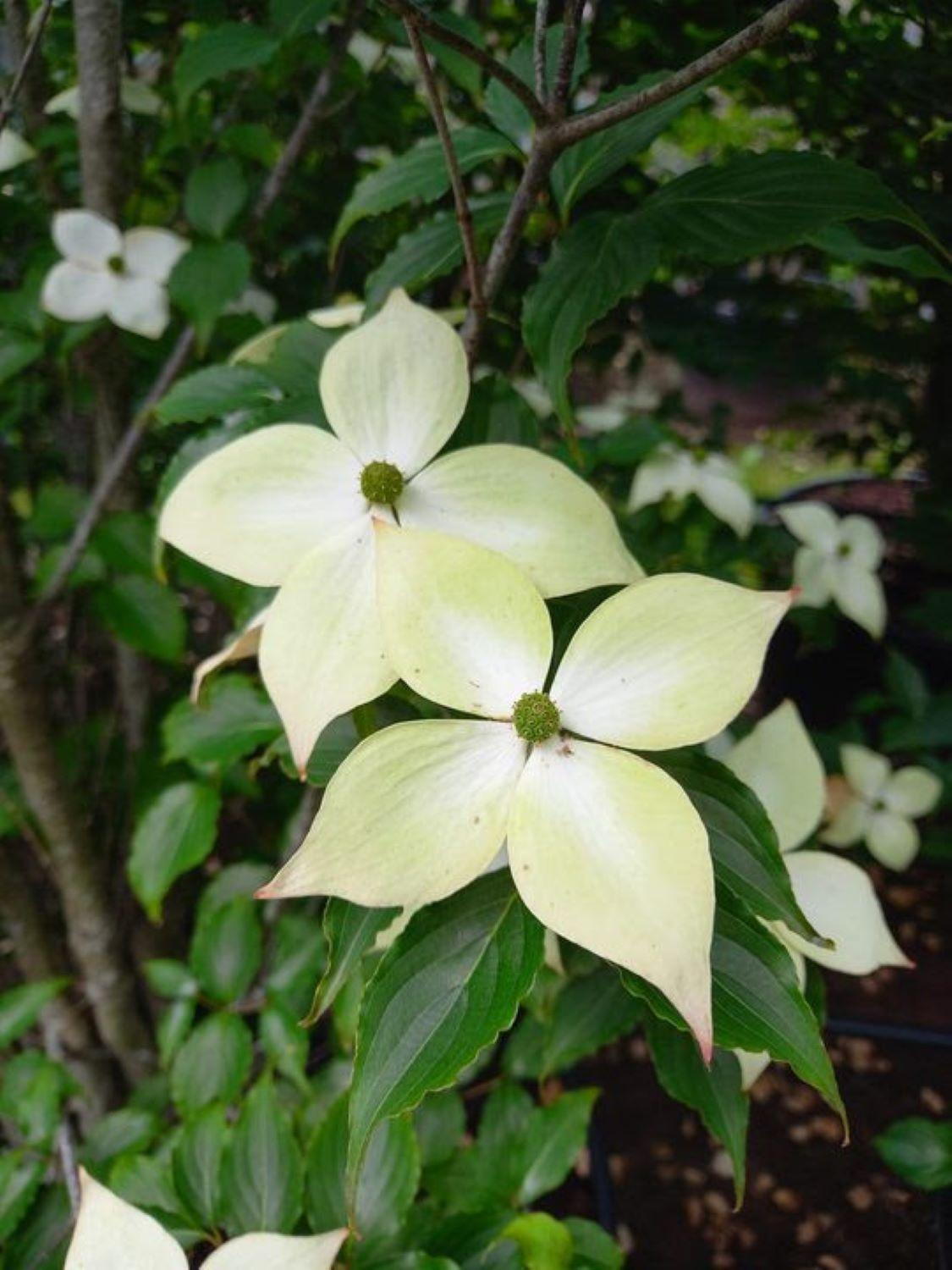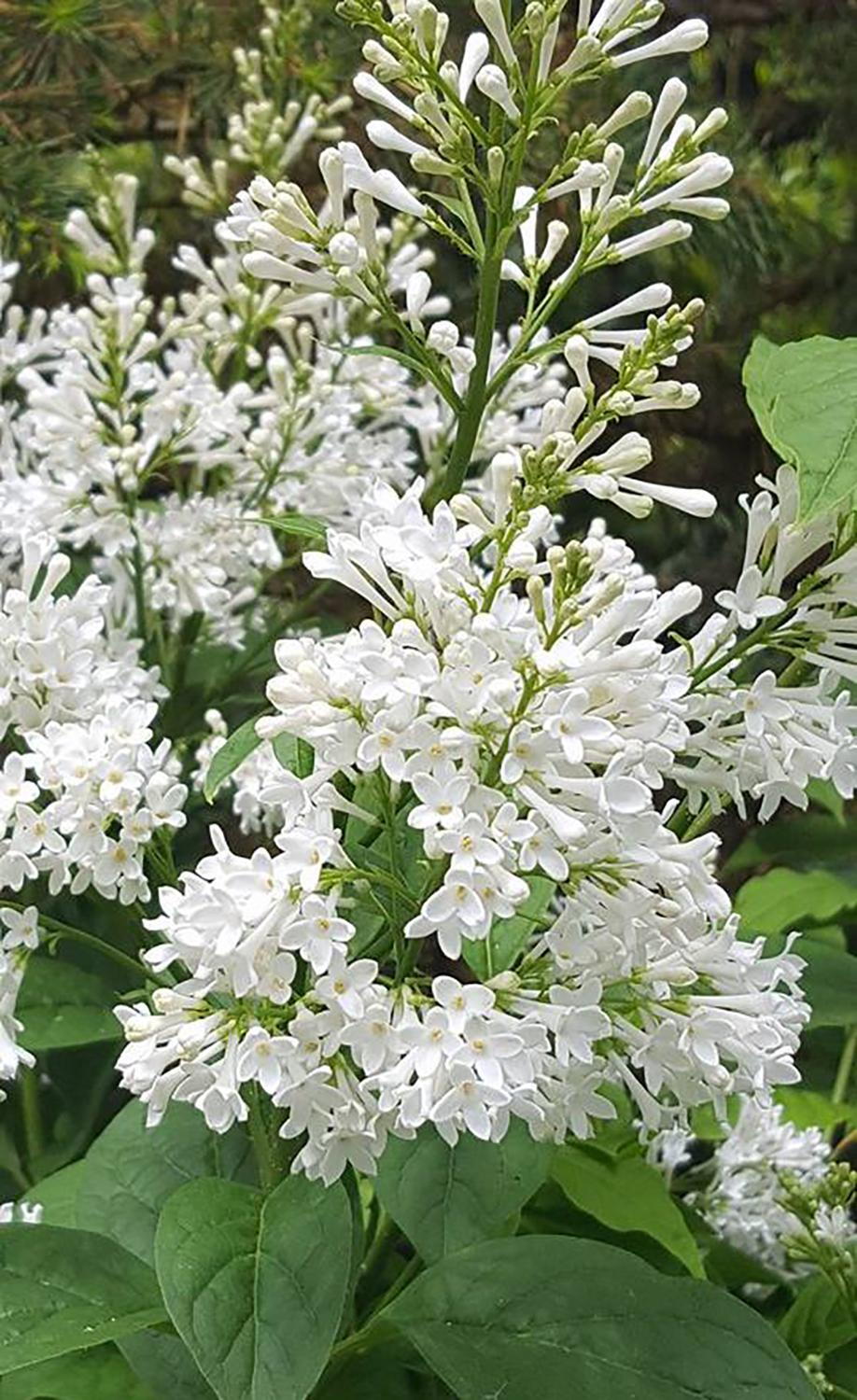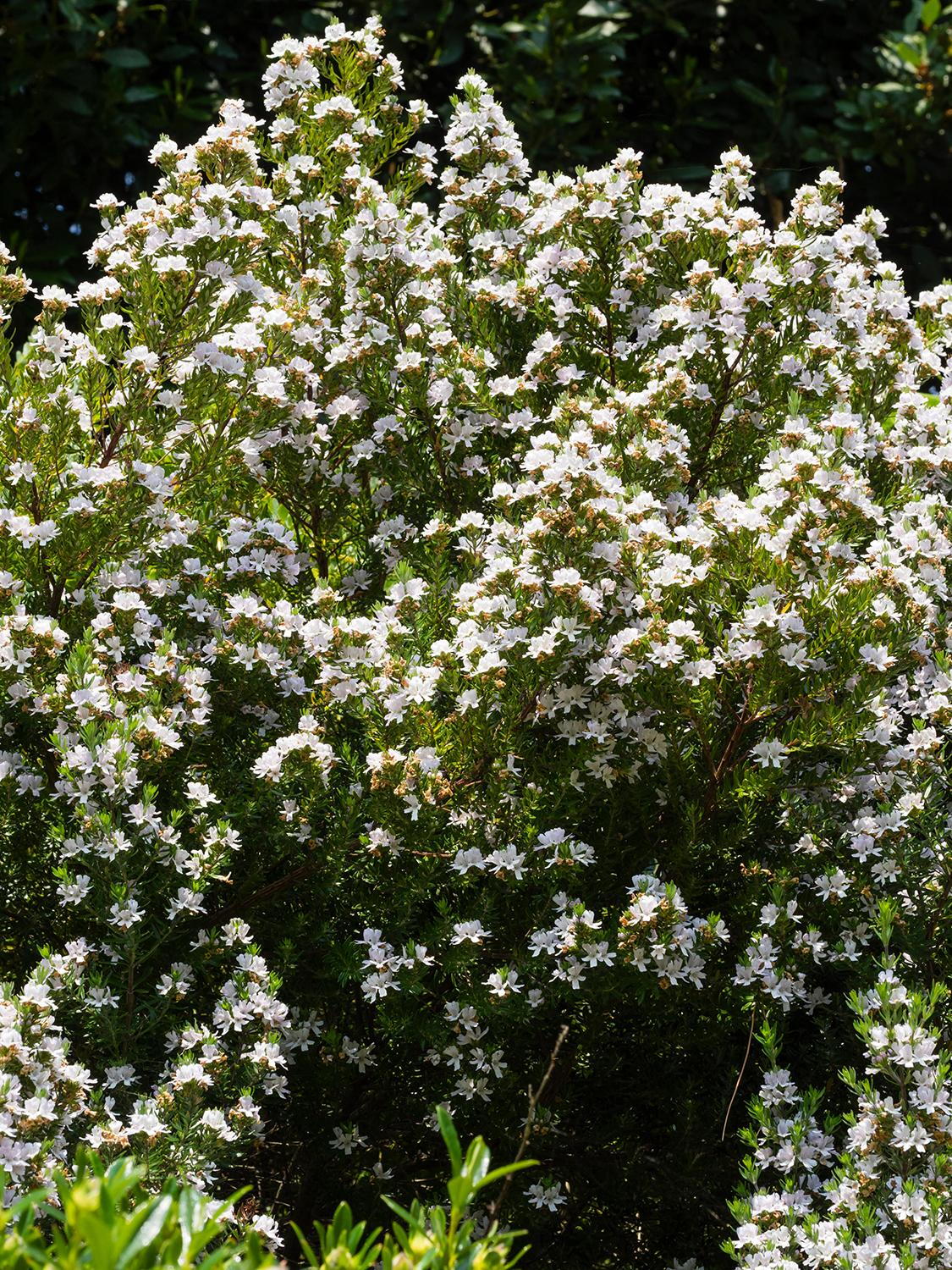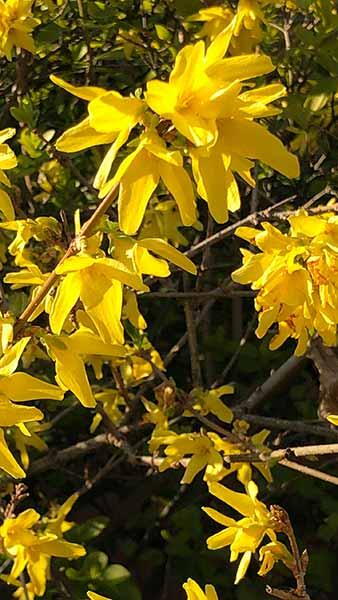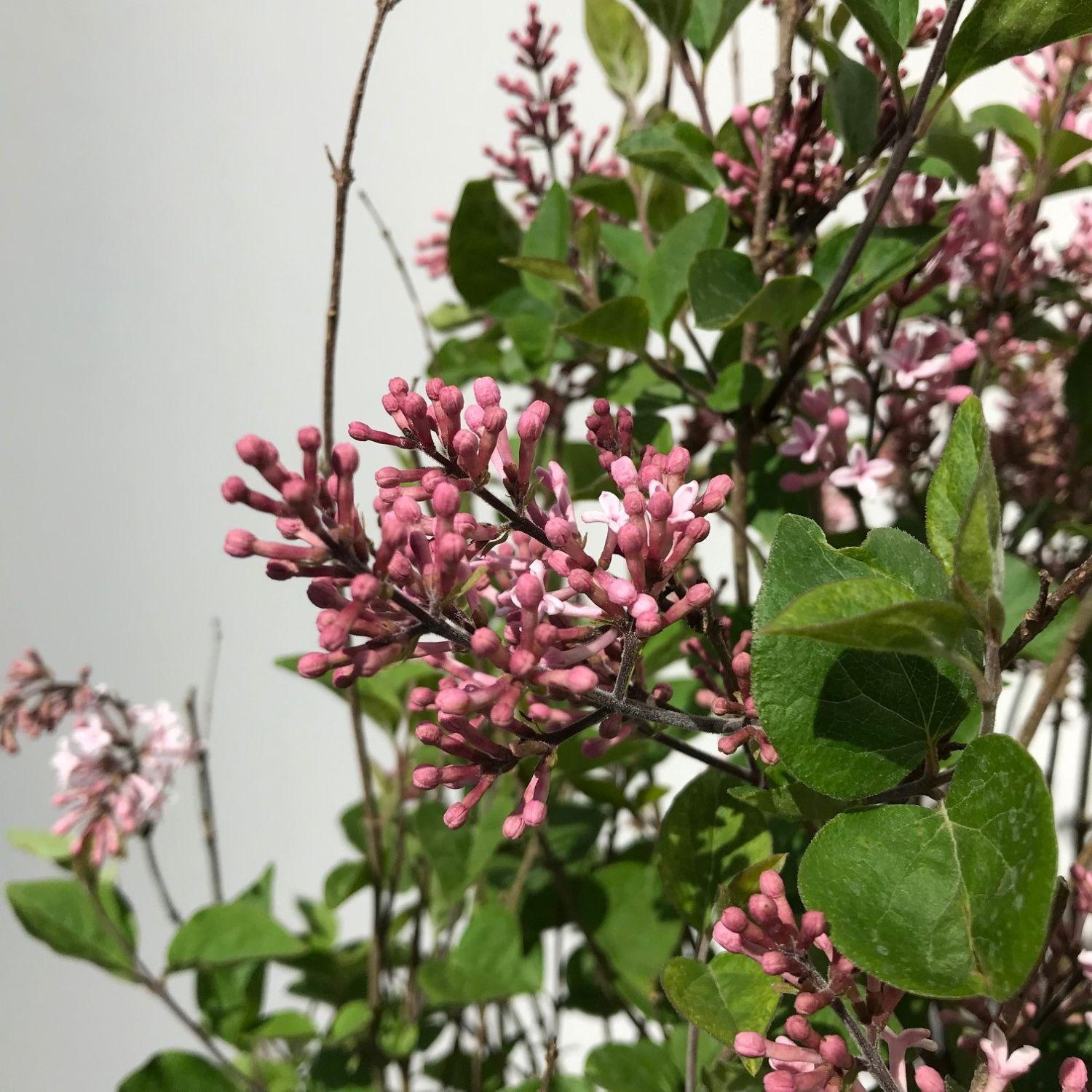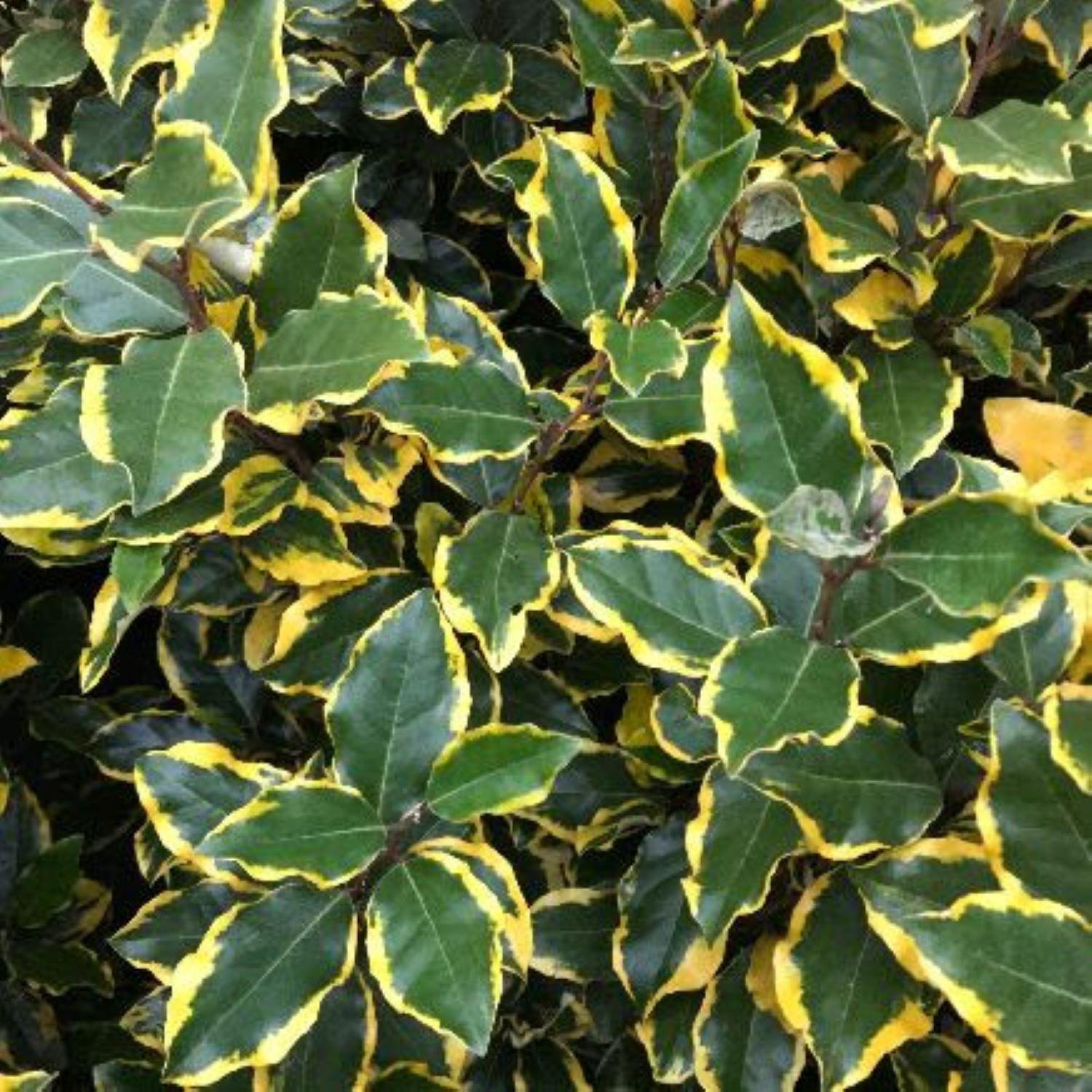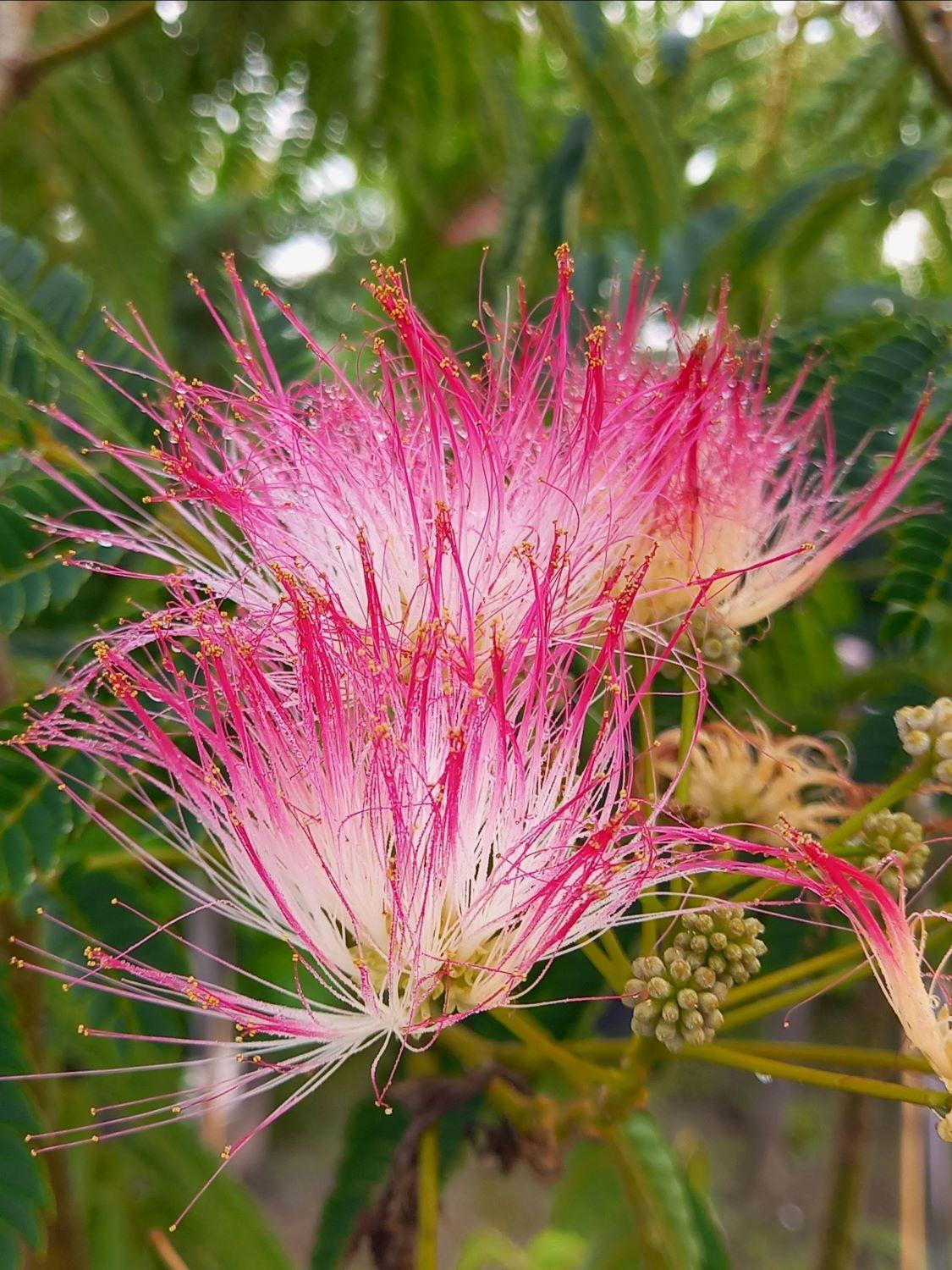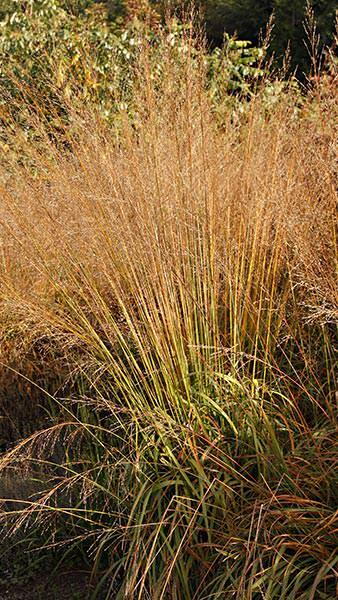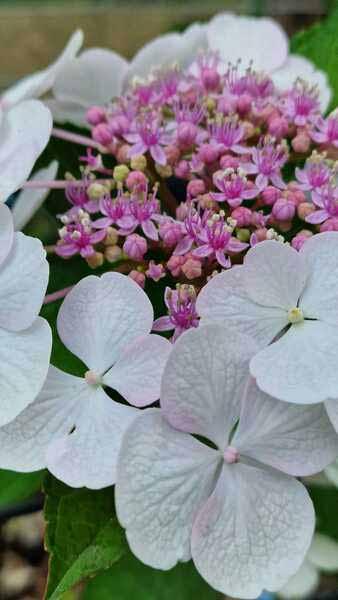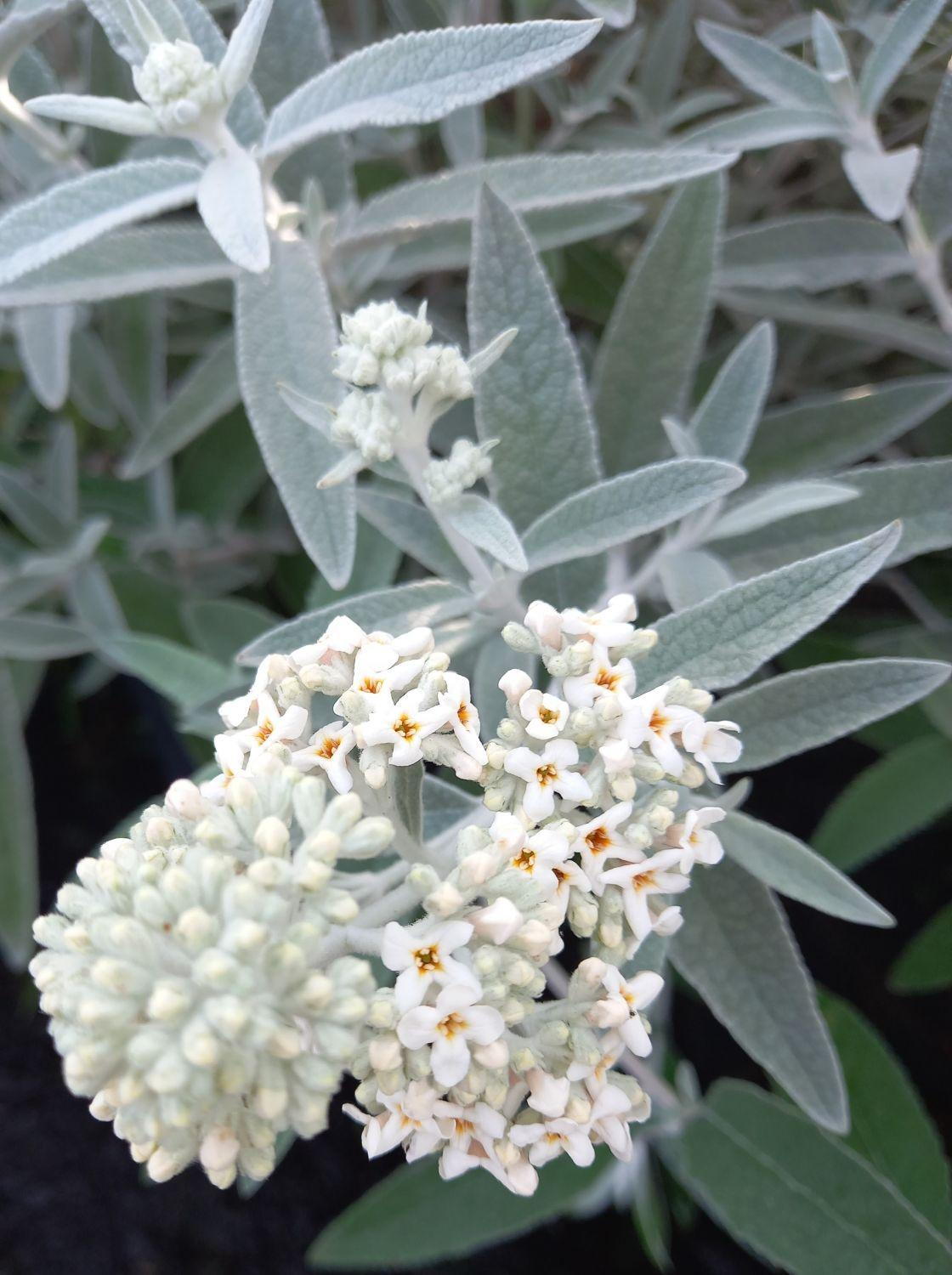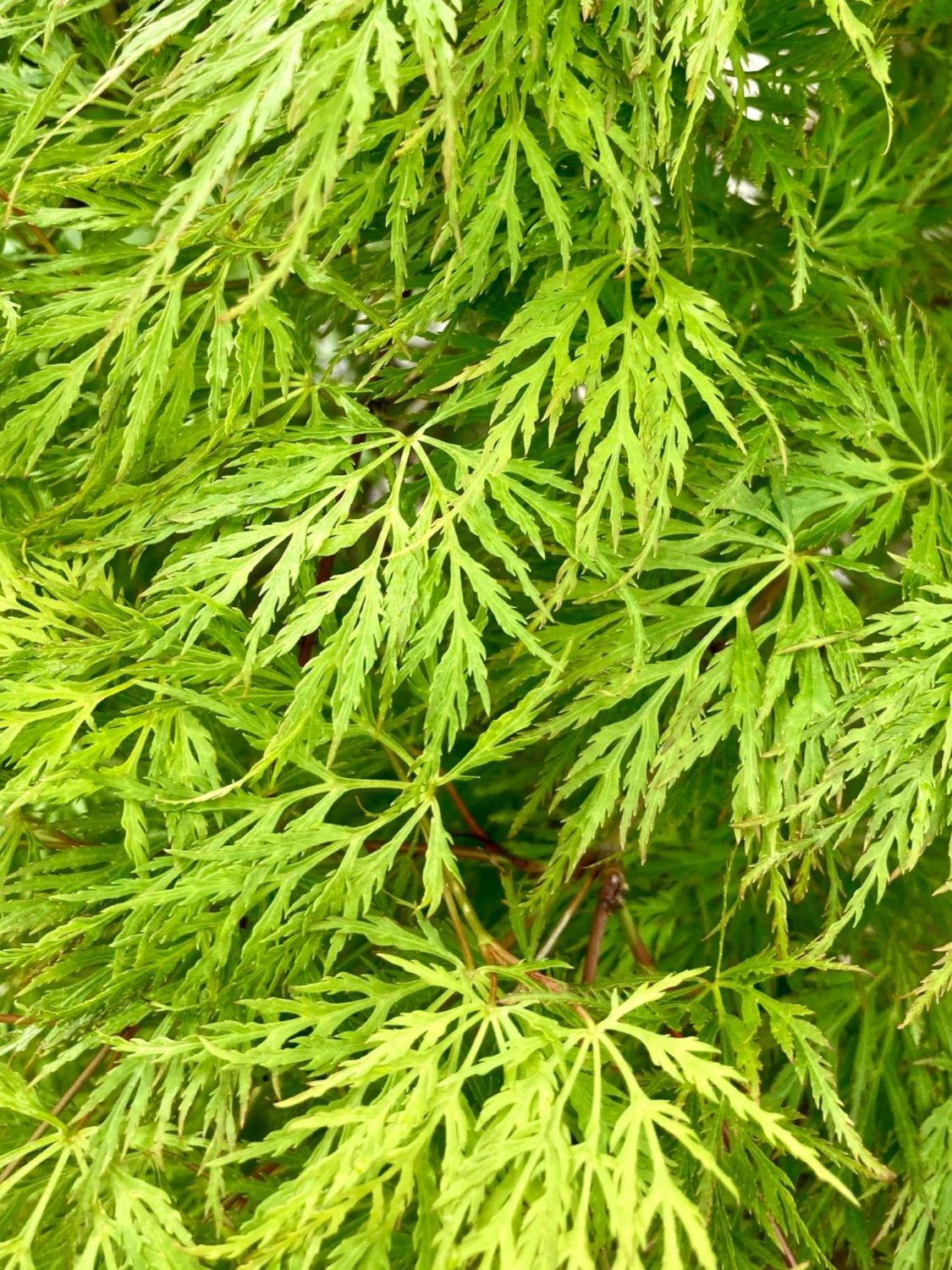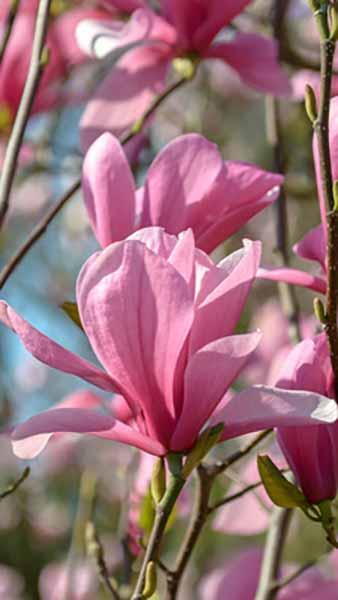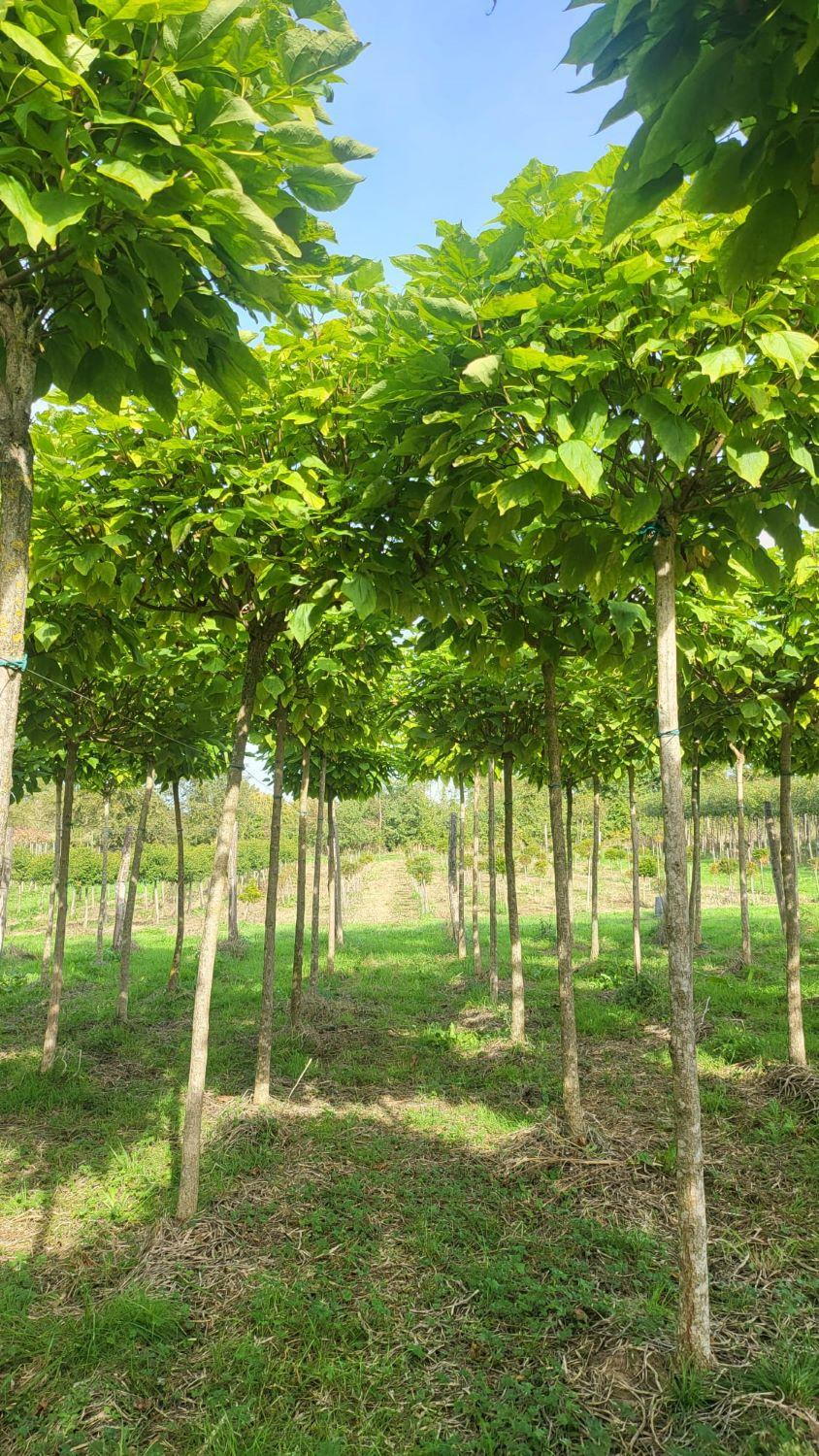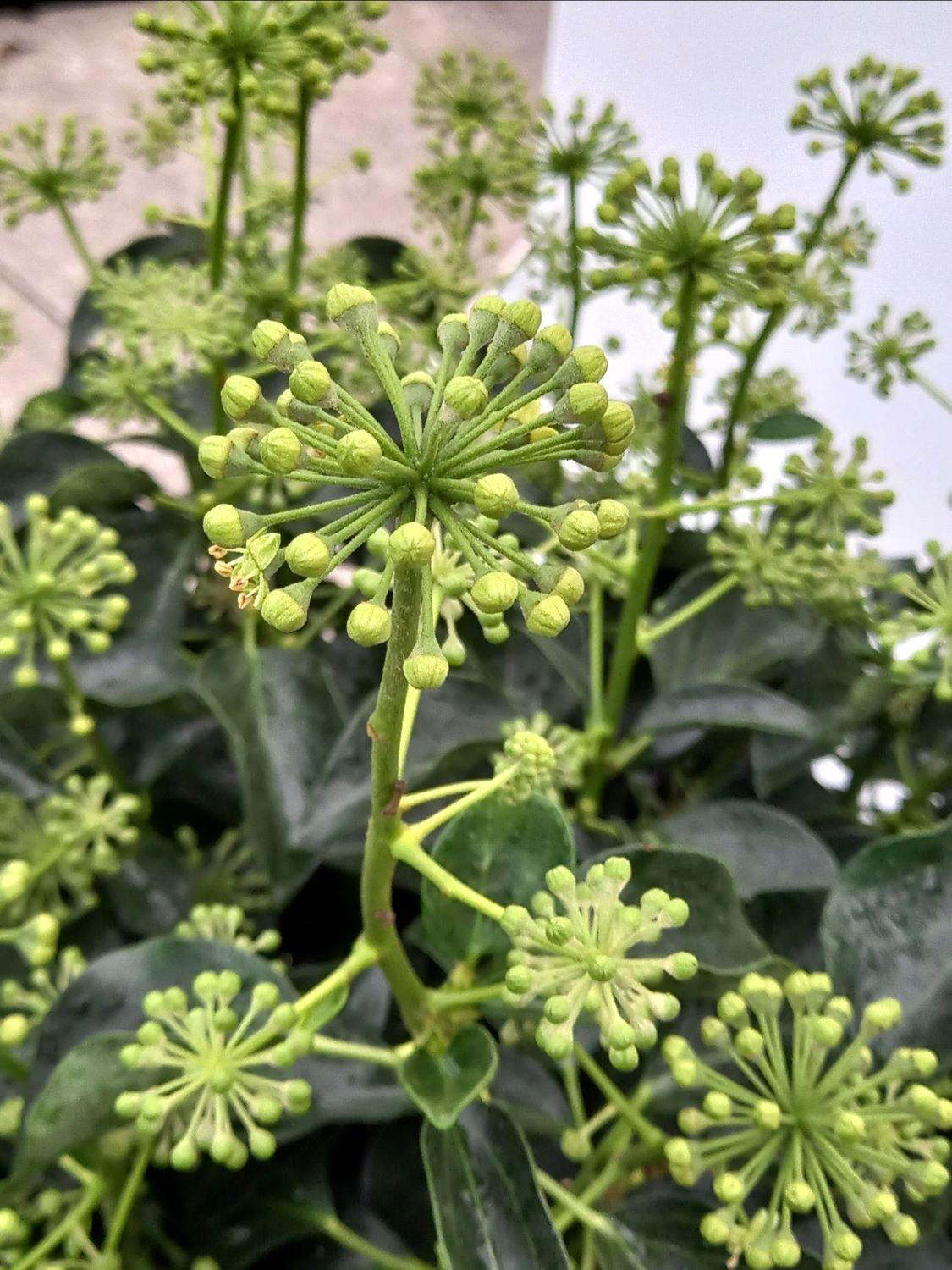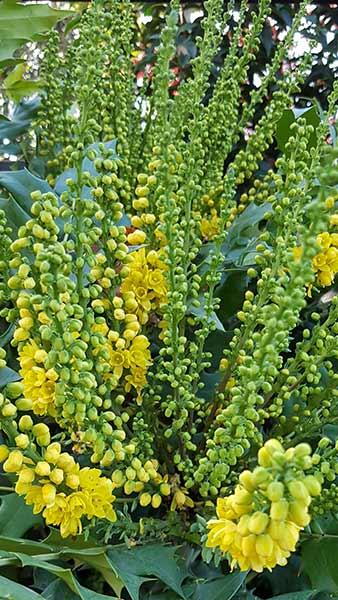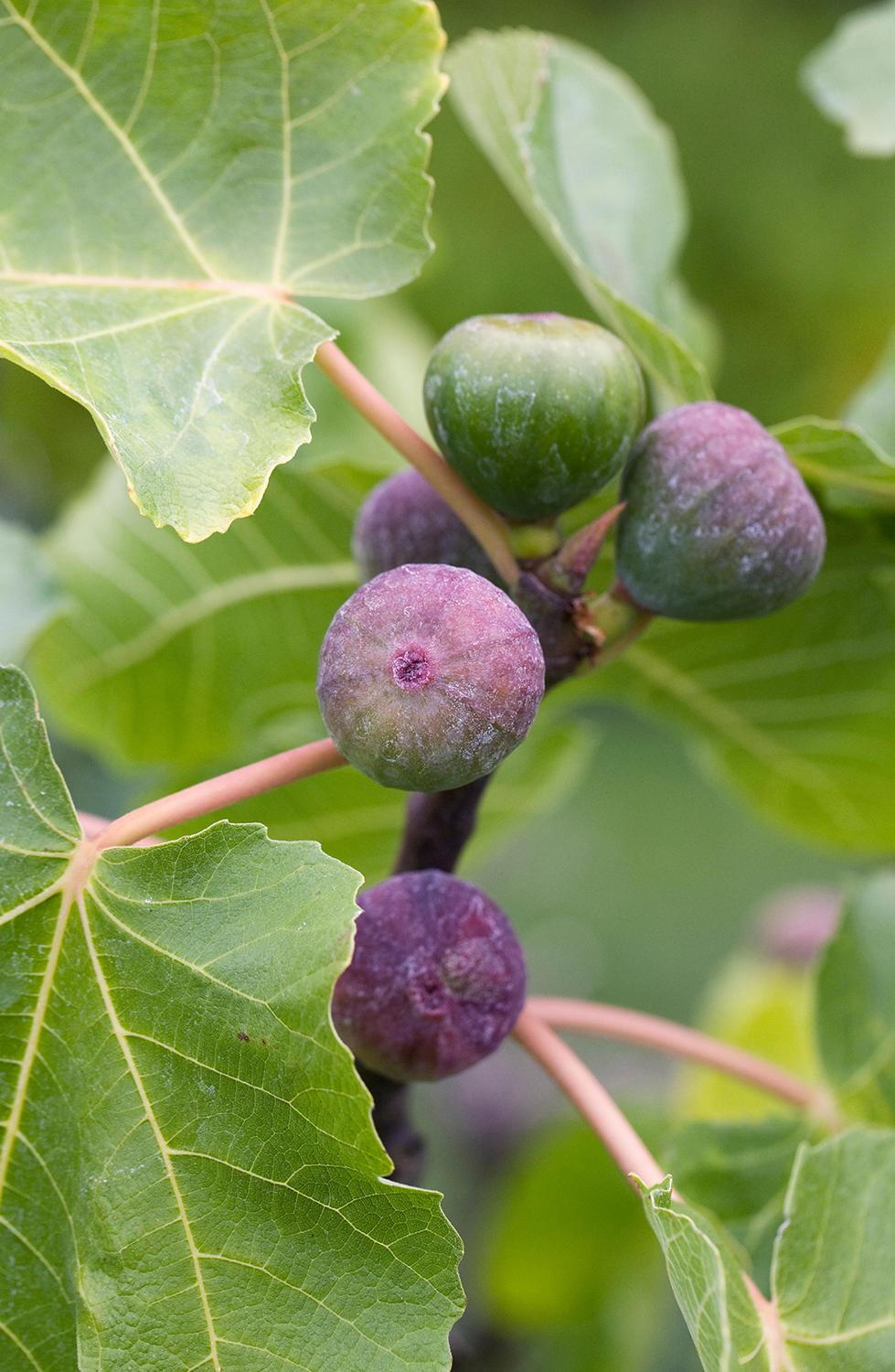Mahonia Aquifolium or Oregon Grape Low Spreading Mahonia. Low growing Mahonia.
Mahonia Aquifolium, otherwise known as Oregon Grape, is a hardy, attractive, evergreen plant that has considerable ornamental value, as well as producing edible fruit. It’s a versatile landscape plant for UK gardeners to include in their landscape plans. Aquifolium is a low growing, spreading variety of Mahonia and has the usual clusters of yellow flowers followed by blue-black berries. Native to the Pacific Northwest, Mahonia Aquifolium was first brought to the UK in 1823, and has been a favourite of gardeners here ever since. Its evergreen leaves, similar to those of the holly plant, are red-tinted when they emerge in the spring, changing to a glossy deep green in summer, then purple in the autumn, and finally burgundy tinged with bronze in winter. In the winter to early spring, the plants are covered with clusters of fragrant yellow flowers. The blue-black berries which follow later in the year can be made into jams, jellies or wine. To ensure a good set of fruit, plant more than one Mahonia Aquifolium bush for cross-pollination. Hardy in most regions of the UK, Mahonia Aquifolium will grow to a mature height of 1-1.5 meters and spread of 1.25 metres over a period of 10 to 20 years. Once the plant has reached close to its full size, begin an annual pruning of your Mahonia Aquifolium to maintain vigorous growth, cutting back a quarter of the older stems to within 15 cm of the central trunk once it has finished flowering in early spring.These woodland natives will do best when planted in partial to full shade, in any well-drained soil, in an exposed or sheltered location. Mahonia Aquifolium is extremely drought-resistant, making it an ideal ground cover in challenging spots in the landscape, where there is little sun and the ground is dry. Since it is mostly resistant to pests and disease, it is almost maintenance-free.Mahonia Aquifolium is a perfect fit for a wildlife or woodland garden, where plants will spread by root suckers to fill in available space. On a north or east side of a house, where there is partial to full shade, Mahonia Aquifolium will make an excellent ground cover for a dry spot along the foundation, and in a shady corner of a mixed border the attractive, glossy leaves provide a backdrop for flowering plants throughout the growing season, before blooming themselves starting in November when most plants are done for the year. Mahonia Aquifolium has many qualities to recommend it to the UK gardener, from its winter flowering habit, to its attractive evergreen foliage, and its low-maintenance vigorous growth!

